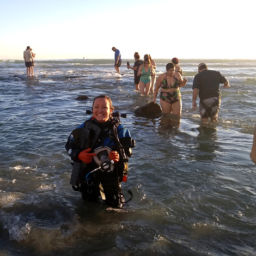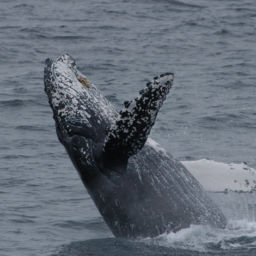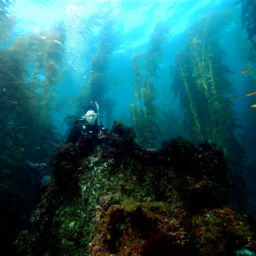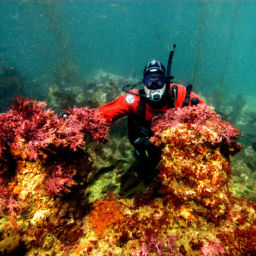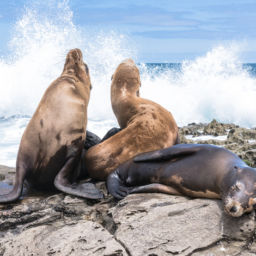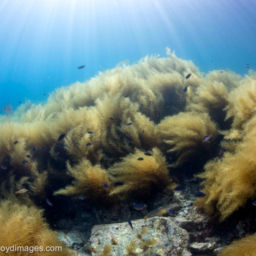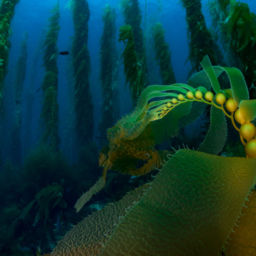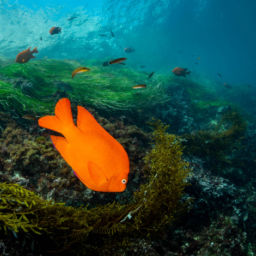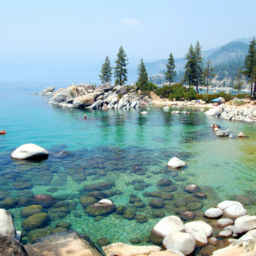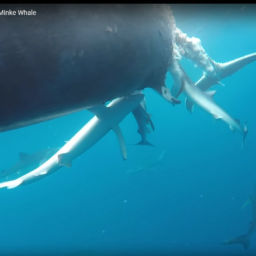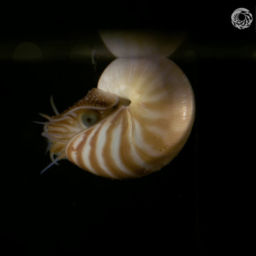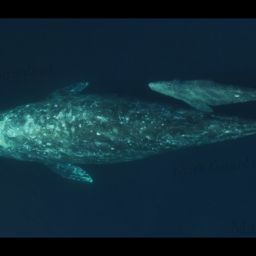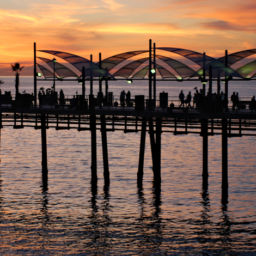The San Francisco Bay is home to a unique variety of marine life. This includes charismatic species such as great white sharks — although they are not as numerous nor as predatory as myths claim. The bay’s most common sharks are leopard sharks, Pacific angel sharks, and the brown smooth-hound. But now, those sharks are dying by the thousands and scientists don’t know exactly why.
Leopard sharks hard hit
Leopard sharks, the most common in San Francisco waters, have been hit particularly hard. As many as 2,000 individuals of this one species alone have died over the summer.
A loss of this magnitude is, in itself, extremely worrying. Even worse is that other species seem to be affected too. Bat rays, striped bass, smooth-hound sharks, and halibut have all been found dead, some of them in the hundreds. Whatever is killing the leopard sharks may also be killing off other species. This could be catastrophic for the bay’s entire marine ecosystem.
Die-offs in the Bay Area
This is not the first time that scientists have seen massive death tolls among marine life in the Bay Area. But this time, researchers have a main suspect: a parasite called miamiensis amoeba. The amoeba’s M.O. is straight out of “Invasion of the Body Snatchers.” It enters the sharks’ bodies through their nostrils and begins eating away at the brain. Infected sharks will start exhibiting uncommon behavior, such as beaching themselves, and thereby killing themselves, or swimming around in endless circles. The brain damage the amoeba causes can also be fatal in itself.
There is no reason to fear that humans swimming in the waters, or eating infected seafood, are at risk of infection with the parasite. The real worry is that the mass deaths will continue and cause serious damage to the bay’s marine wildlife, and perhaps even spread beyond, causing mass deaths up and down the California coast.


